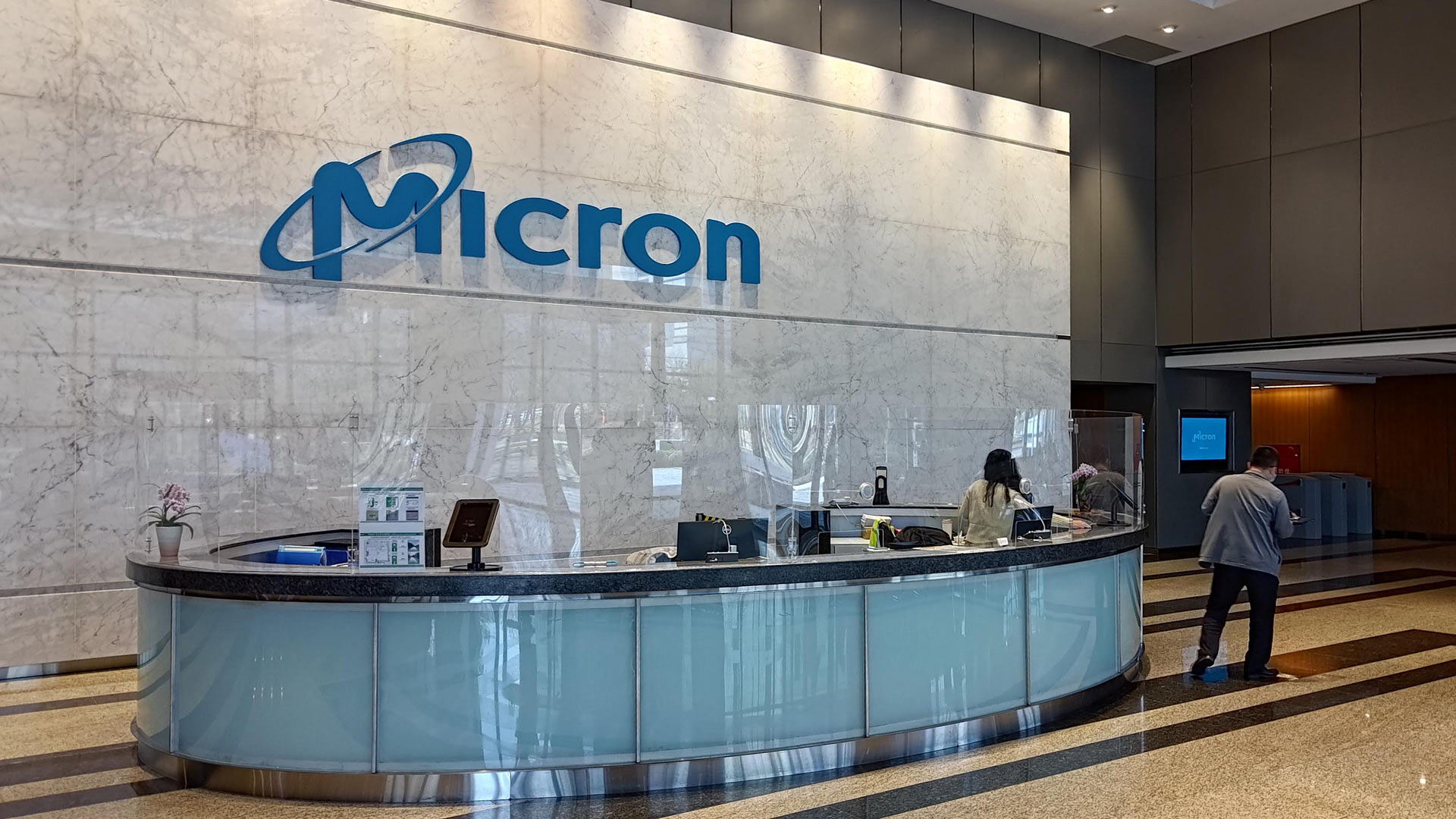The end of an era — DDR4 production to essentially end this year, Micron the final domino to fall

Micron finally sent official notices to its customers that its DDR4 memory will finally reach end of life (EOL). According to Digitimes, shipments for these memory chips will gradually decline over the next six to nine months. The top memory chip makers have been planning to end DDR4 production due to increasing competition from Chinese memory makers that have been flooding the market with more affordable alternatives. Now, with Micron confirming its plans to shelve the tech, the world's top three manufacturers are off the board.
Samsung said in April that it’s already going to stop making DDR4 chips this year and focus instead on the higher-end and more profitable DDR5, LPDDR5, and HBM memory. And even though Chinese memory maker CXMT just reached peak DDR4 production, reports say that it’s also pivoting towards DDR5 and HBM chips.
Despite multiple companies ending production of DDR4 memory, demand is still seemingly high for these chips. DDR4 prices continue to surge in the open market, with rates jumping by as much as 50% in May. Micron Chief Business Officer Sumit Sadana told Digitimes that the company expects DDR4 to suffer from major supply gaps, and that it could get to the point that DDR4 becomes more expensive than DDR5/LPDDR5 chips.
Because of this, Micron is urging its customers to upgrade to next-generation memory, especially as these chips are becoming more affordable. Nevertheless, the company will reserve some DDR4/LPDDR4 supply for its long-term customers in automotive, industrial, and network applications — industries that prioritize reliability and a steady supply over the faster speeds.
On the other hand, PC and mobile devices are expected to have a modest increase in demand, especially as AI features are becoming more commonplace. This would require an increase in base memory configurations — for example, Apple finally ditched the 8GB MacBook Air, which it famously once said is equivalent to 16GB of RAM in Windows, so that it would have enough memory to run Apple Intelligence. Smartphones have now also started moving from the usual 8GBs of RAM to 12GB and 16GB for some models.
We expect mainstream DDR4 production to eventually come to an end, especially as hardware manufacturers increasingly switch to DDR5, which offers better margins. However, there is still massive demand for DDR4 memory, meaning it will be harder and more expensive to find these chips. Smaller players will likely step in and take advantage of this opportunity, but they might not have the scale and experience that the major memory chip manufacturers have, resulting in a drop in quality and long-term reliability.
Follow Tom's Hardware on Google News to get our up-to-date news, analysis, and reviews in your feeds. Make sure to click the Follow button.
Get Tom's Hardware's best news and in-depth reviews, straight to your inbox.

Jowi Morales is a tech enthusiast with years of experience working in the industry. He’s been writing with several tech publications since 2021, where he’s been interested in tech hardware and consumer electronics.
-
PugsMC Not correct. The author didn’t do his research fully. Micron announced that it was not producing DDR4 for its large data center customers and the PC market. They will continue to support DDR4 for years for their industrial, automotive, and consumer customers. They have been very clear in their public statements about this. They still make DDR2 and DDR3 as part of their product longevity programs. Might want to issue a correction to your article and especially your headline?Reply